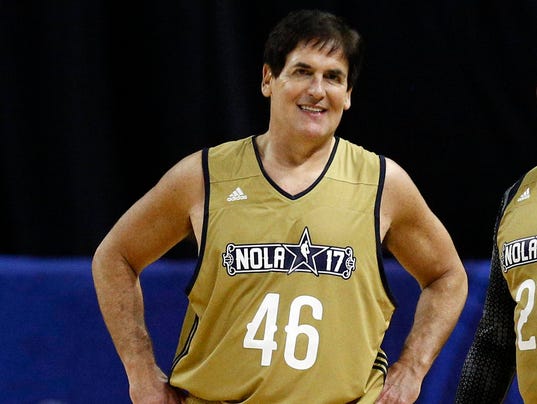Amazon has outgrown Seattle. It’s the kind of thing that happens when you build your company in a downtown core, rather than take over some unused farmland in a far flung suburb like Redmond. So now it’s time to find HQ2. Where should they go?
There’s no doubt that every city from Anchorage to Yuma will make a bid. But if I worked at Amazon, with a chance to be transferred at any moment, here are my top 5 picks.
- Raleigh, NC: The Carolinas are fantastic. Since most Washingtonians haven’t made it that far southeast, you might not know this. But Raleigh is especially comparable to the Pacific Northwest. In fact with Raleigh you get a more educated population, more universities, and closer access to a warm beach. You’d give up Uber access to an NFL or MLB team, and day trip access to Double Diamond ski runs. But you coud still get a Daisy run in if you need it. Plus you could buy a 5,000 square foot house for a year or two of salary.
- Pittsburgh, PA: If a company is interested in AI, cozying up to Carnegie Mellon would be a pretty good way to do so. It would have plenty of opportunity to build a downtown campus, and still be close to New York and Washington D.C. As an employee, if you can deal with a Seattle winter, you could probably deal with Western Pennsylvania.
- Nashville, TN: Far enough east to give you access to New York, Boston, etc… and far enough north to keep you safe from hurricanes. Several great universities in driving distance, so there is a huge talent base to draw from. Plus, it’s great a place for distribution. Didn’t FedEx make its HQ in Memphis?
- Charleston, SC: Full disclosure, I have an affinity for Charleston. I think it’s the most underrated place to live in the country. You are giving up major league sports for friendly southern living. But you’d have Clemson, USC, and College of Charleston all in spitting distance. Oh, and if you are a current Amazon employee, its another place where your mortgage payment for a monster 5 bedroom estate would be the same price you now pay for your 800 sq ft apartment in Seattle.
- Detroit, MI: Detroit? Detroit?! Who wants to live in Detroit? Well several decades ago, the auto industry decided it was a good place to dominate an economy. So why can’t Amazon repeat that? Easy access to New York, Chicago and Canada. REALLY REALLY cheap downtown real estate. Employees could buy McMansions for nothing. Heck, Amazon could buy entire neighborhoods, develop them and sell them to employees. Plenty of professional and collegiate sports teams to support. And you could always escape the Midwest winter with a quick trip to Florida.
Your thoughts? If you were a current Amazonian, where would you be ok being transferred to?
* Image used without previous permission from https://www.designboom.com/architecture/seattle-approves-amazons-biosphere-headquarters-by-nbbj-10-25-2013/
